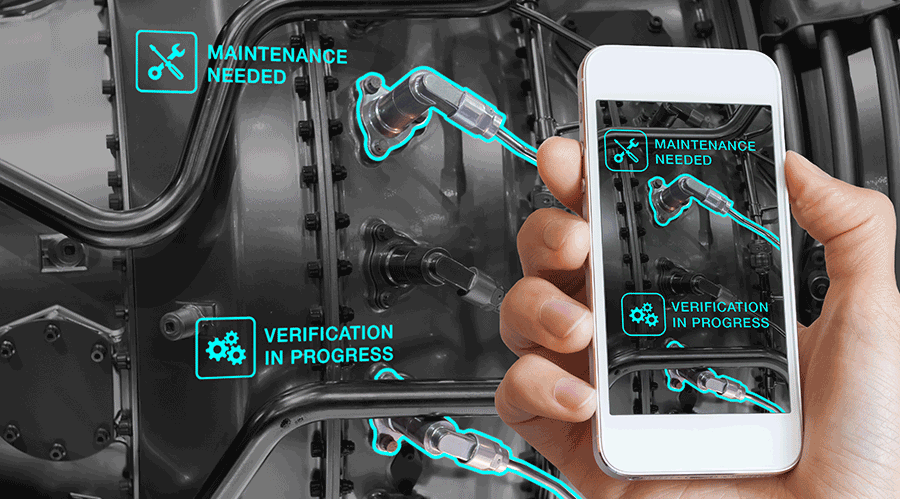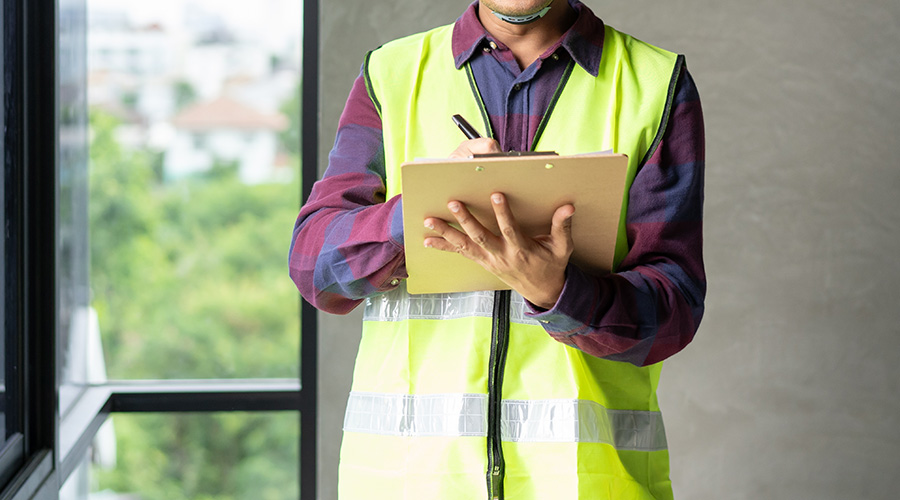Infrared Imaging: Invest in Safety, Training
When it comes to an infrared-testing and inspection program, managers too often buy the most expensive thermal imagers, rather than investing in the people using them. Granted, new equipment is remarkable — lighter, better image quality, full of features, easier to use and less expensive. But why buy a new camera if the old one is sitting on a shelf?
Learning to use the latest infrared cameras is not difficult. The true benefits come from properly interpreting the results, which requires training and hands-on experience.
Personal safety, especially for those working on and around live electrical equipment, also is extremely important. Managers must ensure the department complies with Occupational Safety and Health Administration standards, as well as NFPA Standard 70E, Standard for Electrical Safety in the Workplace.
The greatest risk to thermographers comes from an unanticipated arc-flash explosion while the enclosure door is open, a situation that often results in serious injuries or death. Infrared-inspection programs should comply with the 2009 version of NFPA 70E, which specifically addresses thermographers' activities and infrared inspections.
Roy Huff is vice president with The Snell Group, which offers training, certification, inspection, and consulting services on infrared thermography and motor circuit analysis. Matt Schwoegler is an instructor and a consultant with the firm.
Related Topics:













